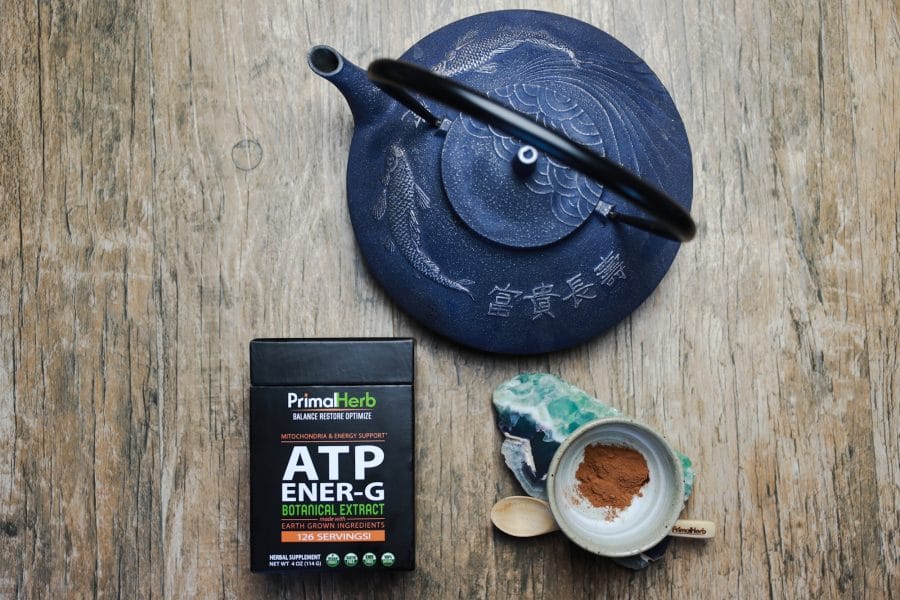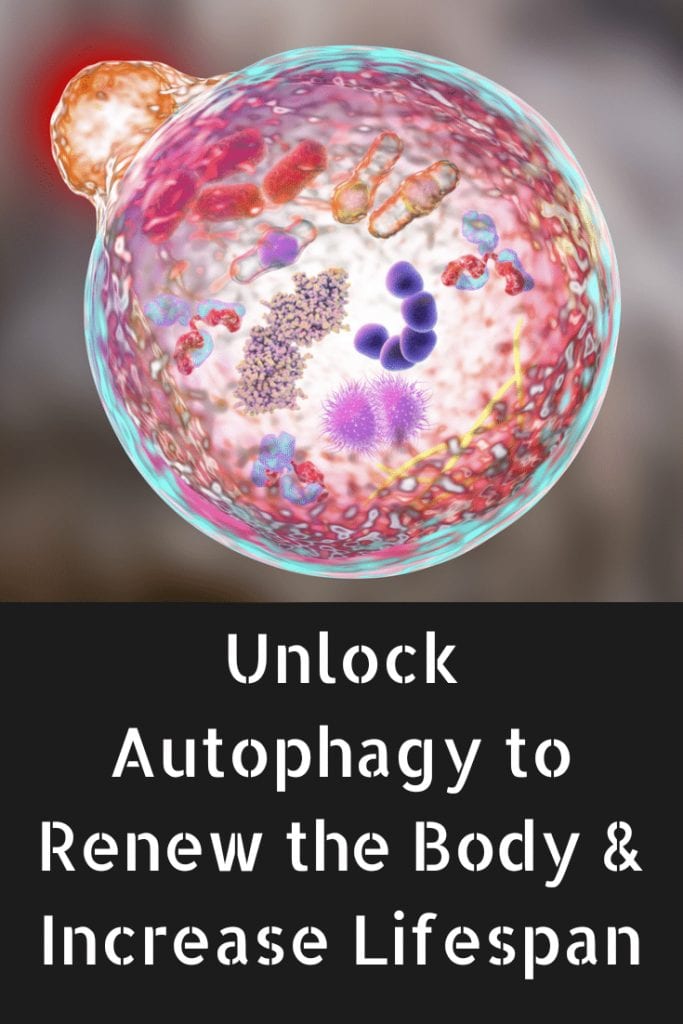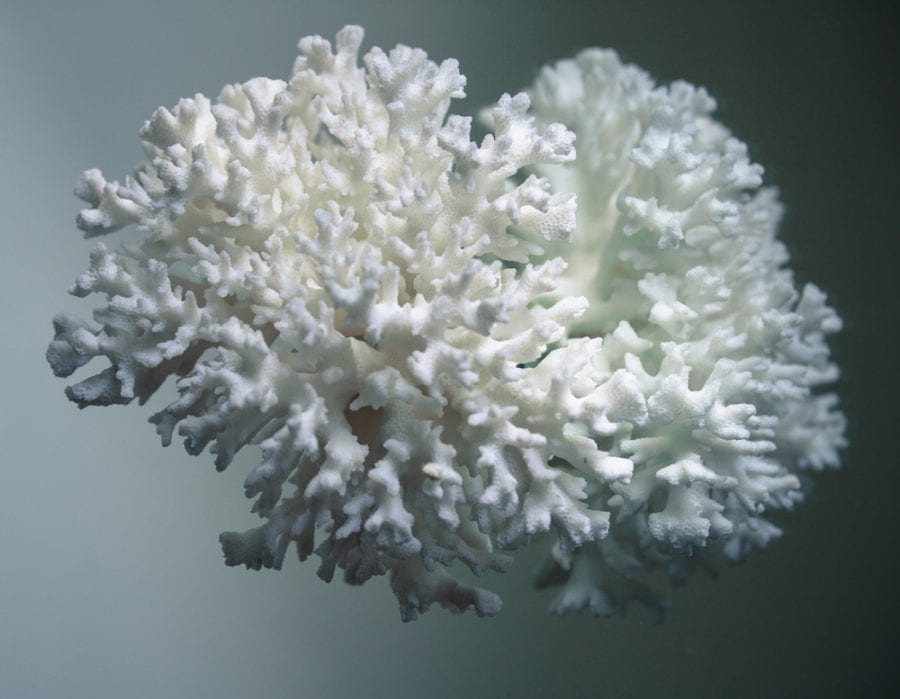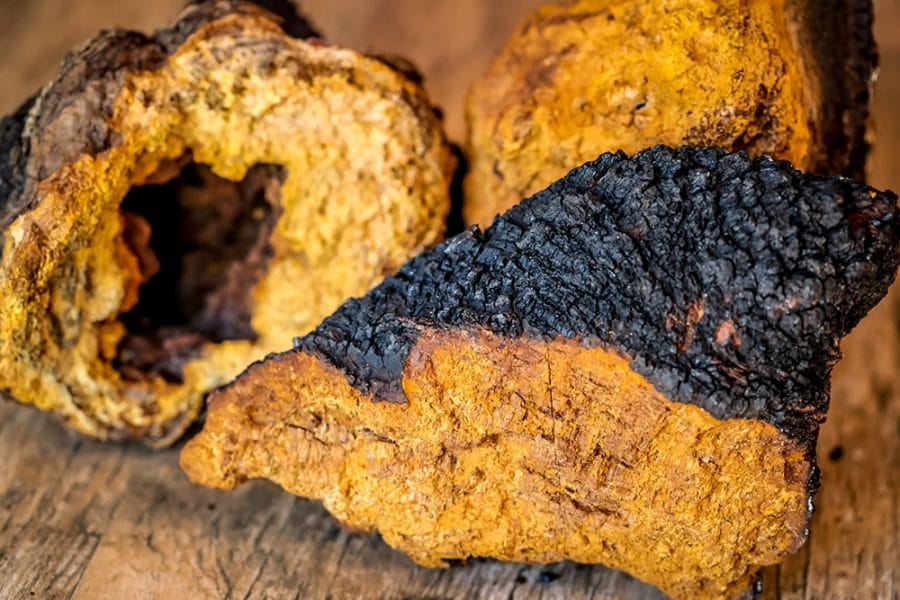Start Autophagy (real detox) Today – Here’s How Works
People have long searched for—and even written books about—a long-hoped-for fountain of youth. Today, we all know and accept that such a magical thing just couldn’t exist.
But are we hopeless against the inevitable onslaught of age? Are we utterly powerless to the changes it makes to our bodies—poor memory, wrinkles, lower testosterone, and slower metabolism?
Despite there being no fountain of youth or secret key to immortality anywhere on this planet (yet…), there does happen to be at least one natural remedy to help with aging. In fact, there’s more than just one.
Plus, science has uncovered a startling truth: the very best secret to slowing and cushioning against the effects of aging successfully may be locked away in our very own bodies. What more, it could even help us to live longer and healthier lives.
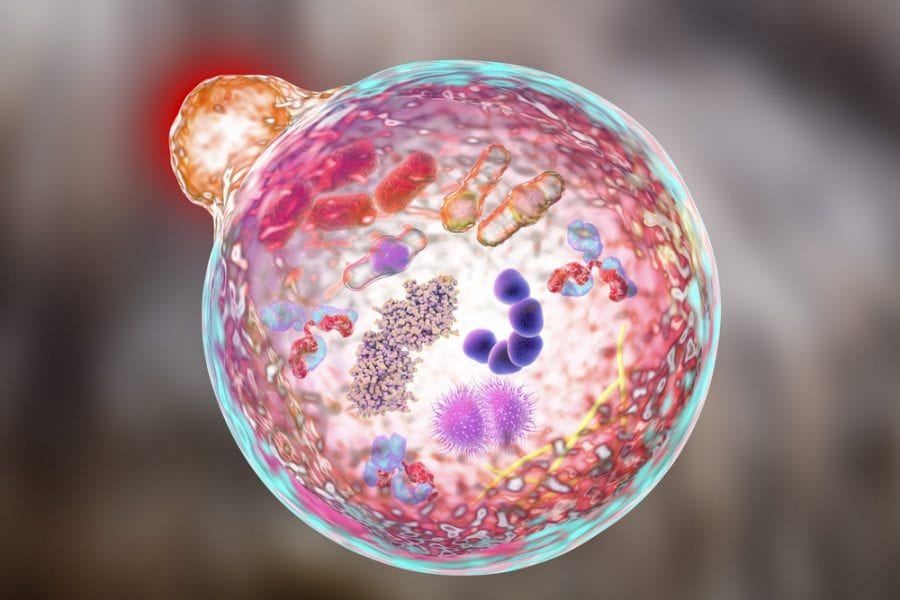
The natural world and our physiologies already know some secrets to aging that we don’t. We’re fully equipped for healthy aging—we just don’t realize it!
THE SECRET TO AGING: THINK SMALL
Lucky for us, the secret to better aging, natural rejuvenation, and extending lifespan is only a small step away—a really, really small step.
That’s because it’s hidden away in our tiniest of cells, and is connected to the health of our mitochondria too, some of our most minute intra-cellular dwellers. It’s here, in the very smallest microcosms of our bodies, that the very root of our health and wellness stemming from aging takes place.
Mitochondria and cells are responsible for the creation, storage, and utilization of energy everywhere in our bodies, as well as the growth of new tissues, reduction of chronic inflammation, and reducing the chances of cancer cells. However, cells can eventually wear out and shut down, becoming less useful.
When this happens, cells become defunct and stop encouraging the creation of healthy, new, and young cells. Scientists and researchers who have noticed these cells call them “senescent,” which basically means aged and at the height of their full function.
WEARING OUT THEIR WELCOME: SENESCENT CELLS
Quite appropriately, senescent cells grow more and more in number as we age, and may very well be the physiological foundation of aging itself. Rhonda Patrick, PhD, in a 2017 online interview, described senescent cells and how they work.
“A senescent cell is technically a living cell but it is not functioning in a way that is consistent with maintaining the overall health of an organ,” said Patrick. “In fact, quite the opposite.”
As we age, more and more of these senescent cells form as the result of damage, wear, and tear. Instead of helping with the creation of new, young, and fully-functional cells, they resort to very baseline functions, stop creating new cells, and may even promote inflammation.
Continues Patrick: “Senescent cells can accelerate the aging of nearby cells and promote tumor growth by secreting pro-inflammatory molecules and other factors.”
“[They’re] bad news and as we age they are everywhere from our livers to our hearts to our brains, and they accelerate the aging process.”
If these dying cells increase in number and wear out their welcome, what can we do about them?
HOW GET RID OF SENESCENT CELLS? THE ANSWER: AUTOPHAGY
Here’s the kicker: senescent cells happen to be a natural part of our working bodies. In fact, cells that go senescent have an important role to play in health.
Senescence slows the spread of harmful cancer cells, proteins, and other cellular death to some extent when those things do happen to take place—and they also reduce the risk of new cells inheriting certain damage and mutations.
Since senescence is completely natural, it stands to be said that there is probably a very natural way to stop it from going overboard as well, keeping it in balance, as it were. Apparently, there is— and it’s a bodily process called autophagy.
“Autophagy is a genetic program that is very important: it clears away damaged cells to use for energy,” said Patrick, who studies autophagy as a proponent for its health benefits.
“When we clear away damaged cells this also means those cells are less likely to become senescent…It has been shown that mice, when given a compound that increases the clearance of senescent cells, it actually extends their average lifespan by 20 percent!”
HOW DOES AUTOPHAGY WORK?
What exactly is autophagy then, and how does it work?
Autophagy basically combines the words “auto-” and “-phagy”, which mean “self” and “devouring” respectively, to describe a cellular self-cleaning process. Think of it like a routine spring cleaning, or more accurately, spring recycling.
How it works: genes in our bodies, which can be shut on and off by certain stimuli, recruit proteins that then enter our cells to trap senescent material. Afterward, they recycle it for meaningful use elsewhere. This is called autophagy.
As Dr. Patrick outlined above, any way to help increase the removal of senescent cells can boost health as we age. What more, autophagy is something completely natural that our bodies can do when triggered by the right things.
That’s right: though Patrick mentioned there are compounds that can increase clearance of senescent cells in mice—in effect lengthening their lives— there are ways that each of us can do it on our own, without compounds, medicines, or other technology.
Even better, these ways of stimulating autophagy cost little to nothing. It’s the most effective way to slow the effects of aging, studies show, and it’s completely free.
DIFFERENT WAYS TO STIMULATE AUTOPHAGY
Getting down to it, how can people stimulate autophagy?
Reading through this list of simple ways to get the autophagy ball rolling may come as quite a shock. That’s because it’s an amazingly simple process to encourage, and many of us might be doing it already.
Best of all, these aren’t theoretical ways to get autophagy to happen more in the body, thereby renewing one’s cells and health while reducing signs of aging. Each of these are, in fact, supported by science and research.
Here’s some of the best:
EXERCISE
In 2012, researchers found that autophagy could be induced in animals by exercise. It didn’t just appear to do this in the muscles and tissues that were worked during exercise, but also in various internal organs, including the liver, pancreas, and brain.
Exercise has always been considered healthy, but now it can be directly linked to helping slow the tide of aging. Beyond its inherently known benefits—helping manage weight, lower blood pressure, and reduce the risks of heart disease—it can also do that and a whole lot more.
Research also shows that the more the body becomes “stressed,” the more this cellular “cleanup” phase is incited and the more likely it is that autophagy will occur. This is because of autophagy, in a way, is the body’s literally physical way of outsourcing the “waste” created from stress.
As such, more rigorous forms of exercise—such as jogging, weight training, and sprinting—are tied to autophagy, including HIIT workouts (High Interval Intensity Training). The more intensity it involves and the more strenuous it is on the body, the more likely it will be stimulated.
INTERMITTENT FASTING
Another stimulus for autophagy that stresses the body in similar ways as exercise is intermittent fasting. According to scientists, autophagy is most likely to take place when a lack of certain nutrients is present—then when nutrients become available once again, autophagy slows back down.
In a study in 2010, researchers found that short period lengths of fasting also revved up autophagy in mice. As in the case of exercise, autophagy was seen taking place in the liver, neurons, and brain of the test subjects.
Does this mean dedicating oneself to a Gandhi-like, starved lifestyle? Absolutely not! Research holds that only short periods of fasting are necessary for this to take place, which in some cases means not eating for a certain number of hours per day—and only a few times a week will suffice.
Dr. Patrick discussed the benefits of intermittent fasting, also called time-restricted eating, in her interview.
“One of the major benefits of fasting, particularly prolonged fasting, which is around 4-5 days in humans…is a dramatic increase in autophagy…followed by a massive boost in stem cell production,” Patrick said.
For most people, however—including herself—she acknowledges that this is unrealistic for most schedules and routines, instead recommending that one sticks to a 10-hour eating window. One eats only within a 10-hour period, allowing the body to fast overnight (about 14 hours) and then starting over the next day.
This means only consuming water during the 14 hour fasting periods. All medicine, vitamins, supplements, food, and beverages that aren’t water are all consumed during the 10-hour eating window. Otherwise, consuming any of those substances outside the window will throw your body out of it’s fasting state.
“…the reason why I choose a 10-hour window is because it’s a sufficiently tight window of time to likely confer some of the advantages of time-restricted eating without being unduly burdensome,” finished Patrick. “Some animal research has shown a certain…benefit for time-restricted feeding in [a] 9-hour range, but not for shorter fasts.”
SAUNAS OR STEAM ROOMS
Amazingly, something as simple as heat could also stimulate autophagy. This includes sessions in hot showers, saunas, and steam rooms.
In yet another study on mice in 2012, subjects placed under heat stress showed an autophagy response, which also resulted in the destruction and recycling of cancerous and damaged cells. This could mean that intense heat, such as in saunas or hot houses, could curb some of aging’s harsh effects.

Turns out that a trip to the spa may not be strictly good for spiritual relaxation and rejuvenation. Studies support that it does far more for people beyond the mind and spirit—it also, literally, does great things for the body and aging.
It may be connected or just a coincidence, too, but intense heat—along with intense exercise—also has links to helping depression with the natural release of heat shock proteins, just another added benefit alongside autophagy!
COLD SHOWERS
Science shows that heat could be good for promoting autophagy—but then again, so could cold.
Beyond promoting the body’s ability to adapt to basic stress, cold showers bring a whole other spate of health benefits. Some of these may be directly related to autophagy, according to a 2012 Scandinavian study. In this study, winter swimmers who were exposed to extreme cold showed signs of hormesis—a broader term for autophagy.

Handsome naked Afro American man is leaning on the wall while taking shower in bathroom
Those who experienced extreme cold followed by extreme heat (such as spending time in a sauna after winter swimming) showed even stronger signs of autophagy. Among those who did this regularly, a common practice in Scandinavia, even healthier levels of hormesis was noted.
The takeaway: the more one takes cold showers, the more likely they are to experience healthy levels of autophagy. Alternating that with hot showers or even sauna or steam room visits, for that matter, could be even healthier in softening the effects of aging.
ANTIOXIDANT NUTRIENTS, FOODS, AND HERBS
While antioxidants certainly don’t cause or induce autophagy, they may be related to the process. No food or herb can stimulate autophagy, though if it is rich in antioxidants, it could better support the process and ensure it happens in a healthy, balanced way.
In a 2014 review, the relationship between antioxidants (found in either foods, herbs, or nutrients) was evaluated. While antioxidants were found to neither directly cause nor stop autophagy, they did have a sort of “regulatory” effect, neither being completely positive for autophagy but not bad, either.
Antioxidants help to reduce free radical damage, which can be caused by or a part of the development of senescent cells. Autophagy helps consume, clean up, and recycle these dead cells, so antioxidants could be great autophagy assistants.
As such, antioxidant foods and nutrients—such as vitamin A, vitamin C, oranges, and grape seed—and even antioxidant-rich herbs like cistanche or reishi could help naturally and subtly support the autophagy process, providing yet another ally in one’s arsenal for keeping aging at bay.
GET SOCIAL – LIKE, COMMENT, PIN, AND SHARE!
Recommended
Discover Gynostemma: Nature’s Answer to Chronic Pain Relief
Pain isn’t always simple. Pain can be acute or intense, but it can also be chronic, subtle, and life-changing. No matter what pain may be like, it can be limiting. More frustrating are the limited …
Elevate Your Memory: Nature’s Best for Cognitive Boost
It can be frustrating, the way it infiltrates anything and everything in one’s routine. At first, we might not be able to put a finger on what’s going on, or even think of it as …
Chaga Mushroom Unleashed – The Research Continues to Amaze!
There are culinary mushrooms we know quite well, like button mushrooms, portobellos, even shiitakes. There are also healing mushrooms like reishi we know as supplements, too. Then there is chaga mushroom. This fungus—which looks more like …
- Exclusive Offers
- Product Giveaways
- Latest Research
- New Product Launches

